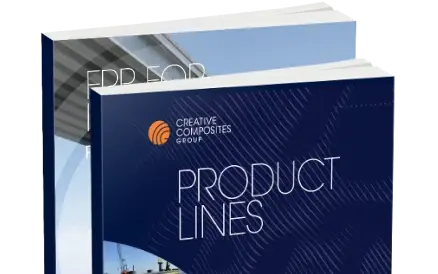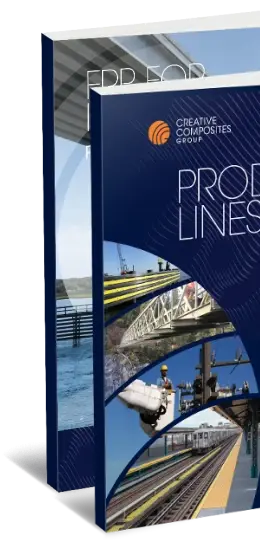Newsroom
Read CCG's latest press releases and media coverage, learn about upcoming events and see media resources and contacts.
Media Releases
See all releasesMedia Coverage
Show All Coverage
Sep 30, 2025
ISE Magazine
Innovations in OSP Equipment and infrastructure
Sep 17, 2025
Cabling Installation & Maintenance
Integrating Composites into Data Center Design
Newsroom Info
Vince McMorrow
Fahlgren Mortine
vince.mcmorrow@fahlgren.com
614-906-1671
This information is intended for the media. You will receive a response within one business day.
For all other non-media inquiries, click below.
Email Alerts
Subscribe to receive automated updates via email on our latest news and stores.



